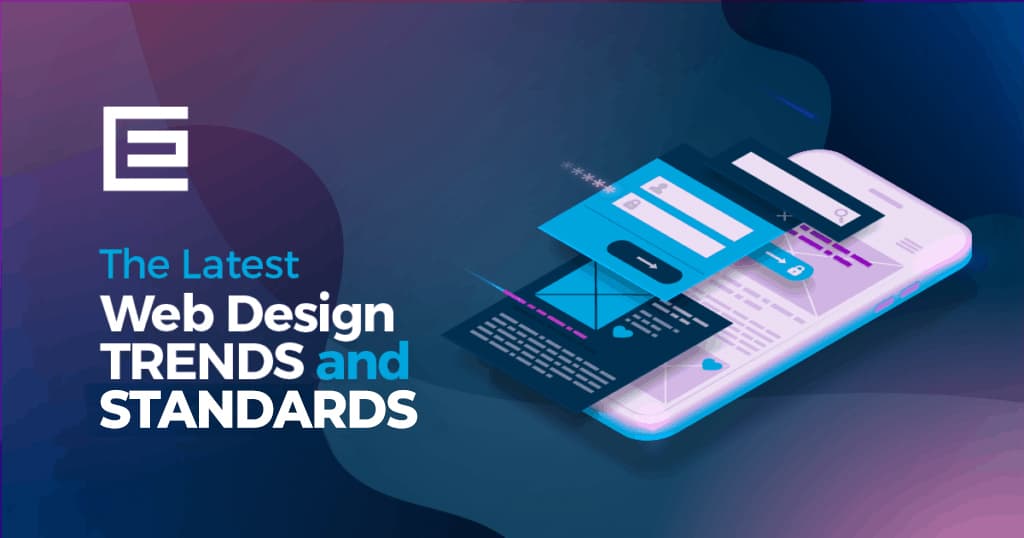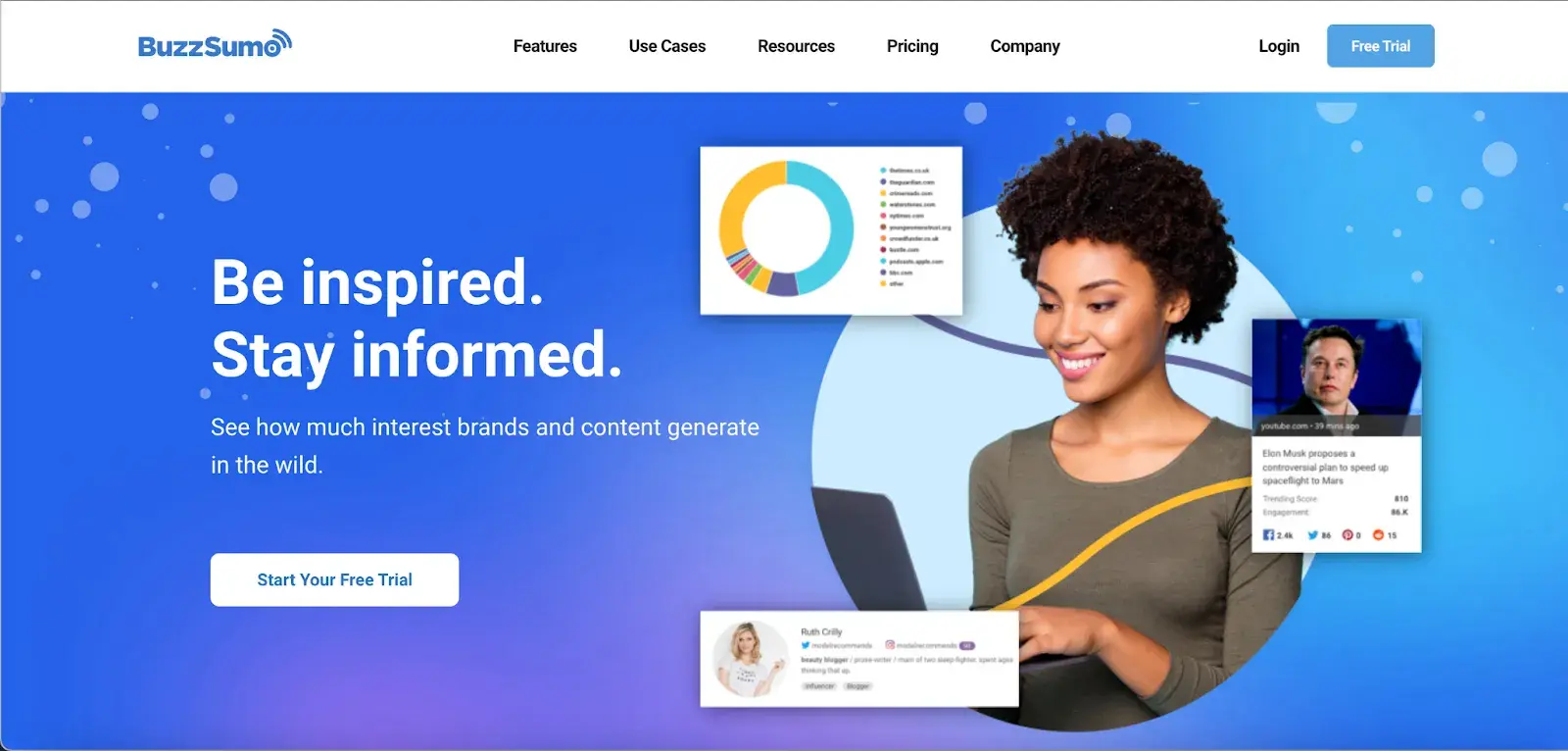Web Design In Guildford Packages That Help You Grow for Modern-Day Companies
Web Design In Guildford Packages That Help You Grow for Modern-Day Companies
Blog Article
Just How to Enhance Customer Experience Via Strategic Web Design
In the realm of electronic technology, individual experience (UX) has actually become the linchpin of successful internet style. A calculated, user-centered strategy, emphasizing visual uniformity, instinctive layouts, and receptive design, can substantially enhance a site's use and allure. As we discover these concepts carefully, the importance of integrating customer feedback and the duty of UX in customer retention will also be analyzed, welcoming a deeper understanding of this essential facet of internet design.
Comprehending the Importance of Customer Experience in Website Design
The essence of internet layout lies not simply in aesthetic appeals, yet fundamentally in the customer experience it offers. Customer experience, or UX, refers to the overall experience an individual has while engaging with a web site or internet application, specifically in terms of just how comfortable and satisfying it is to use (Web Design In Guildford). It is a necessary facet of website design, as it directly influences the customers' perceptions, actions, and overall communication with the site
A properly designed web site with an inadequate user experience is similar to an attractive structure with a poorly intended inside; it may look appealing externally, but it fails to offer its intended function efficiently. It may discourage individuals from remaining on the site, leading to high bounce prices, low user involvement, and eventually, failing to attain the web site's objectives. This highlights the significance of incorporating individual experience into the web layout process right from the outset.
Applying User-Centered Layout Principles
The application of user-centered style principles begins with recognizing user behavior. This knowledge develops the basis for creating a reliable user interface style. These 2 vital aspects, when masterfully incorporated, bring about a boosted individual experience on any web site.

Understanding Customer Behavior
Why do customers behave the way they do on internet sites? User behavior is dictated by a multitude of aspects, chief amongst them being their specific demands and choices, prior online experiences, and overall internet savviness. The design of the website additionally plays a considerable role. A tidy, intuitive design can assist customers to act in a specific method, such as leading them towards particular activities or info. Conversely, a complicated or cluttered design can prevent interaction and result in high bounce rates. Understanding individual habits entails researching and examining these patterns and fads. Using this expertise, web developers can develop much more efficient, easy to use sites that fulfill the needs of their audience, thereby improving customer experience.
Effective Interface Design

Leveraging Receptive Layout for Optimal Viewing
Progressing in the discourse, the attention currently changes to the value of leveraging receptive design for optimal watching. This involves exploring the process of carrying out receptive website design and recognizing its effect on customer experience. The following conversation aims to clarify the advantages of optimal watching and just how responsive style facilitates it.
Applying Responsive Website Design
Using the power of responsive internet layout is an important action towards boosting individual experience. These aspects combined produce a receptive internet layout that changes to the user's needs. While the procedure may seem complex, the result is a more available and user-friendly site, significantly improving the customer experience.
Benefits of Optimal Viewing

In addition, receptive style can cause improved SEO rankings, as internet search engine favor websites that provide to numerous tools. Last but not least, it can minimize bounce rates and boost conversion rates as individuals are much less most likely to desert websites that are easy to navigate. Thus, optimal viewing can substantially improve individual experience, making it an essential facet of critical internet style.
Incorporating Easy Navigating and Intuitive Layouts
Alleviate and instinct in site navigating form the bedrock of customer satisfaction. If users struggle to find what they are looking for, they are most likely to abandon the web site and seek options.
Straightforward navigation food selections, breadcrumb tracks, and clickable buttons direct customers via the web site effortlessly. Uniformity in style aspects across pages additionally adds to intuitive navigating. Putting the search bar or the buying cart symbol in the exact same area on every page permits users to locate these features swiftly.
Additionally, an user-friendly design is one that anticipates individual requirements. It places elements and details where users anticipate them to be. This lowers the cognitive tons on customers, improving their total experience on the website.
The Duty of Visual Style in Individual Experience
While the framework and format of a website are significant for individual experience, the aesthetic layout plays a similarly vital function. It is the aesthetic design that at first draws the customer's attention, making it a crucial component in creating an immersive and interesting experience. Visual style useful reference components such as color, typography, images, and icons communicate the brand name's message, produce a state of mind, and guide individuals' interactions on the web page. A well-executed visual layout can not only attract users yet additionally assist them recognize the content far better and navigate the site extra easily. A inconsistent or cluttered visual layout can lead and puzzle users to an unfavorable individual experience. Therefore, internet designers should purposefully utilize aesthetic design elements to produce a user-friendly and harmonious individual interface that enhances the general individual experience. This process requires a deep understanding of the target customers, their needs, and choices, as well as the brand's identification and goals.
Case Researches: Effective User Experience Layout at work
In spite of the academic understanding on individual experience design, it acquires actual value when used in sensible situations. Airbnb, a worldwide on-line market, efficiently enhanced their user experience by upgrading their site.
In one more circumstances, the New York Times revamped their check site to prioritize user experience. They enhanced their site for mobile usage, comprehending that an expanding number of their viewers access information via smartphones - Web Design In Guildford. They also structured their content discussion, making it much easier for visitors to navigate and find site web pertinent short articles. The results were a substantial increase in mobile web traffic and individual interaction, demonstrating the efficacy of calculated internet design in improving customer experience. These study reveal that useful application of individual experience design can generate considerable benefits.
Verdict
Finally, critical website design is an important tool in boosting user experience. By using user-centric style concepts, leveraging responsive layout, including user-friendly navigation and formats, and harnessing the power of visual style, businesses can create sites that are satisfying and engaging for customers. Efficient internet style, showcased through different effective case research studies, considerably enhances user interaction and retention rates, proving its essential role in electronic success.
As we explore these principles in detail, the significance of incorporating user feedback and the function of UX in customer retention will also be examined, inviting a deeper understanding of this critical facet of web design.
It might deter customers from remaining on the web site, leading to high bounce prices, low user engagement, and inevitably, failing to achieve the web site's objectives. A inconsistent or cluttered visual layout can confuse individuals and lead to an unfavorable customer experience. Internet designers must strategically use visual design elements to produce a instinctive and unified individual interface that improves the general customer experience. The results were a considerable increase in mobile traffic and user involvement, demonstrating the effectiveness of tactical internet layout in boosting customer experience.
Report this page